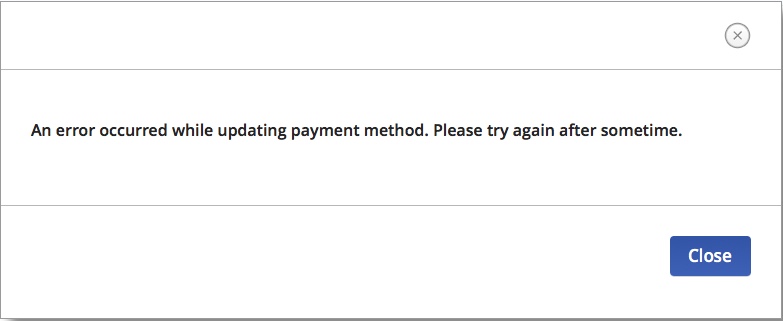The association president decided to make an informal speech to the crowd gathered at the happy hour. He realized the people towards the back couldn't see him, so he grabbed one of the hotel's banquet chairs and stood on it.
Standing on chairs is dangerous. Every year, numerous employees suffer broken arms, legs, ankles, and other serious injuries sustained when they fell off a chair they were standing on at work.
The president set a poor example with his behavior. When he asked a conference organizer to say a few words after his speech, she hesitated a moment and then reluctantly followed the president's lead and stood on the chair as well.
Leaders should understand employees are paying attention to the way a leader behaves. Here are five examples of leadership behaviors can than undermine your message to the team.
Service
Employees look to see how the boss treats customers and even other employees. If the boss treats people poorly, employees will, too.
One customer service leader regularly belittled his employees. He disparaged them for poor service, gossiped about employees to coworkers, and generally acted like a bully if he didn't get his way. Even worse, he shied away from customer interaction, even going so far as to feign important meetings to avoid talking to a customer. Needless to say, employees were scared of the boss and did just enough not to get noticed.
Employees look to their leaders to model outstanding service. As a leader, it's up to you to demonstrate the appropriate behaviors when working with customers or even fellow employees.
Communication
Employees tend to understand how important something is by how and when you talk about it.
One restaurant manager rarely talked about service with his employees. He spent most of his time discussing compliance issues such as attendance, following procedures, and adhering to policies. His tone was consistently negative.
One day, the manager sent a nasty memo to his employees addressing a string of poor Yelp reviews. He criticized employees for their performance and threatened to fire people for continued bad service. The memo was the first time he had communicated anything about service in a long time, and it only served to demotivate employees.
Take a moment to review your own communication. Think of the emails, verbal discussions, and team meetings you had in the past week. What were the most frequent topics? Do you tend to use a tone of encouragement or compliance?
Tolerance
Employees will look to their leader to see what is tolerated and what is not.
An employee in one organization routinely generated complaints for poor customer service. Her boss wanted to hold her accountable, but the business unit's vice president overrode the decision. The vice president felt the employees' sales numbers were too valuable to the unit's scorecard, and she didn't want to undermine her unit's successful image by correcting a top producer. This send the clear message that poor service was fine as long as you made your sales numbers look good.
Think about what negative behaviors you allow. Leaders often make excuses to themselves, brushing away minor transgressions and being too minor to worry about. Beware that tolerating something small often sets the stage for even worse performance in the future.
Enthusiasm
Employees look to their leader for enthusiasm.
I'll never forget the first boss I ever had, Christi. I was working in a retail clothing store while I was in high school and just starting to learn about customer service. At the end of every day, I noticed how Christi would walk around the store and thank every employee for doing a good job. She always displayed such enthusiasm for working at the store that her employees felt a strong urge to do a great job for her.
Other managers have the opposite effect. They are consistently negative or overly serious, which are usually not ideal attitudes for employees to convey to customers. One executive flat out refused to say "Good morning" to employees as they arrived for work and passed her in the halls. Those managers unconsciously influence employees to act the same way.
Consider what attitudes you display to your employees. Are you enthusiastic? Negative? Serious? Authentic?
Decisions
Employees place a lot of weight on the hidden message behind a leader's decisions.
A software company's support team leader told his team that service was a top priority. Yet the leader consistently made decisions designed to save money. The support team was understaffed, undertrained, and lacked some of the tools needed to serve customers at a high level. Employees soon realized that service wasn't a top priority at all. The real priority was short-term cost savings.
A leader at another software company made a completely different set of decisions. He worked with his support team to create a customer service vision, which is a shared definition of outstanding service. He then used that vision to guide other key decisions such as goal setting, hiring, training, procedures, and even his communication as a leader. Support employees in that company quickly realized that service was truly the top priority.
Pay careful attention to your own decisions and how you make them. Your employees are watching and will understand your true priorities by the direction you take.
Take Action!
Take a moment to complete a personal inventory of the behaviors you've modeled in the past week. These questions can be a powerful assessment of your performance as a leader.
Service: Do you consistently model a strong service culture?
Communication: Do you consistently have positive communication about service?
Tolerance: Do you tolerate negative or inappropriate behavior?
Enthusiasm: Do you regularly display genuine enthusiasm for serving customers?
Decisions: Do you use service as a top priority when making decisions?
The results can be eye opening.

















